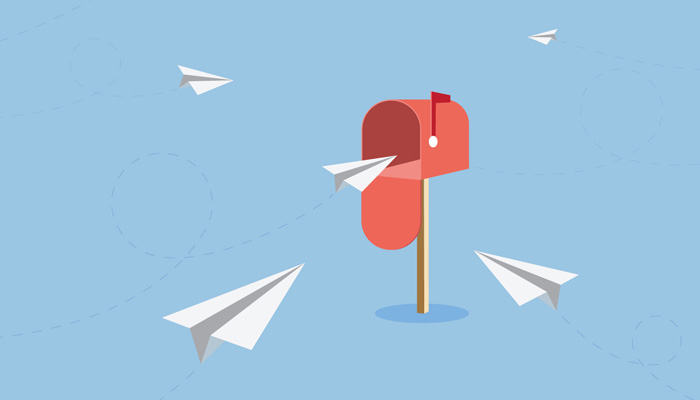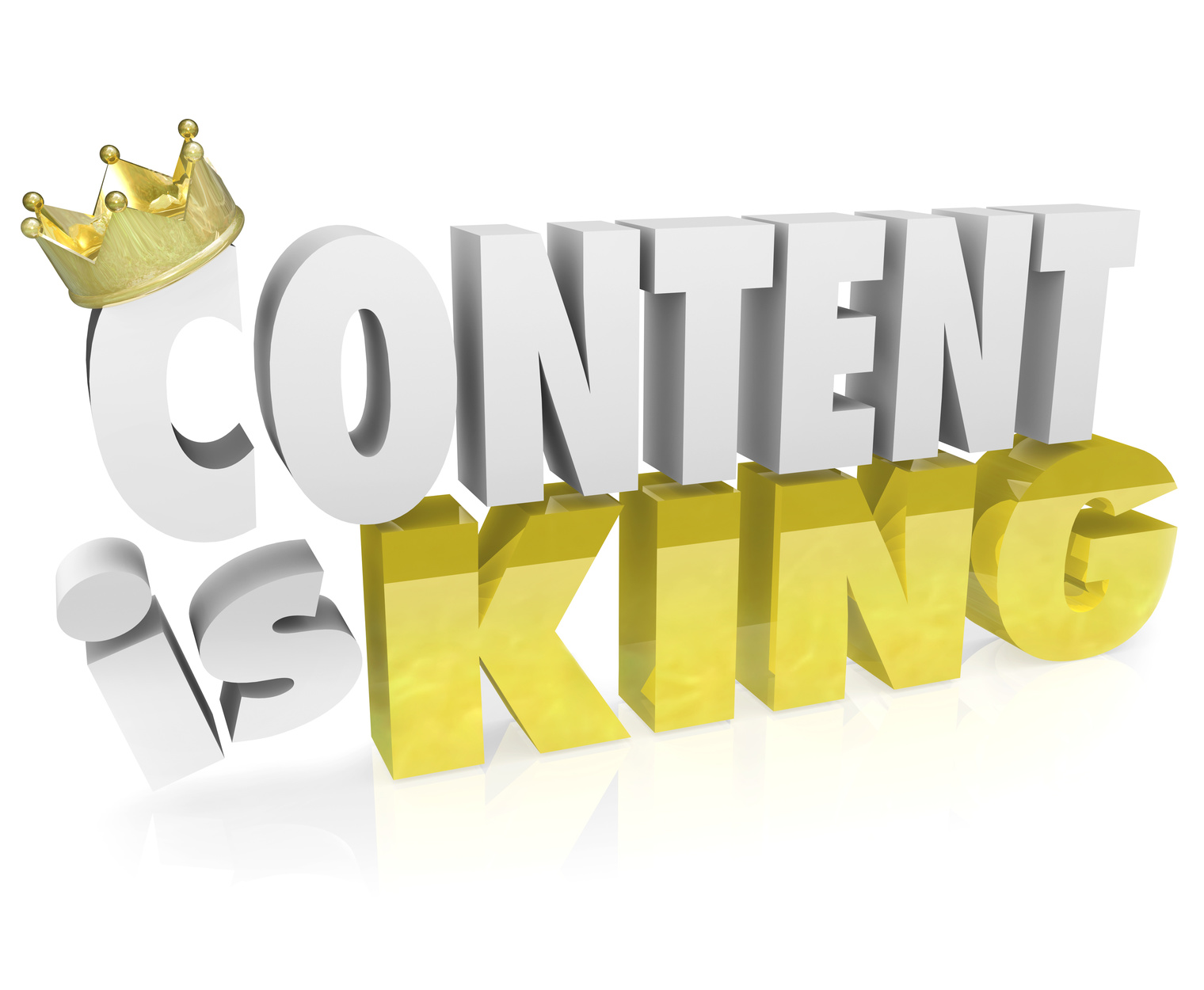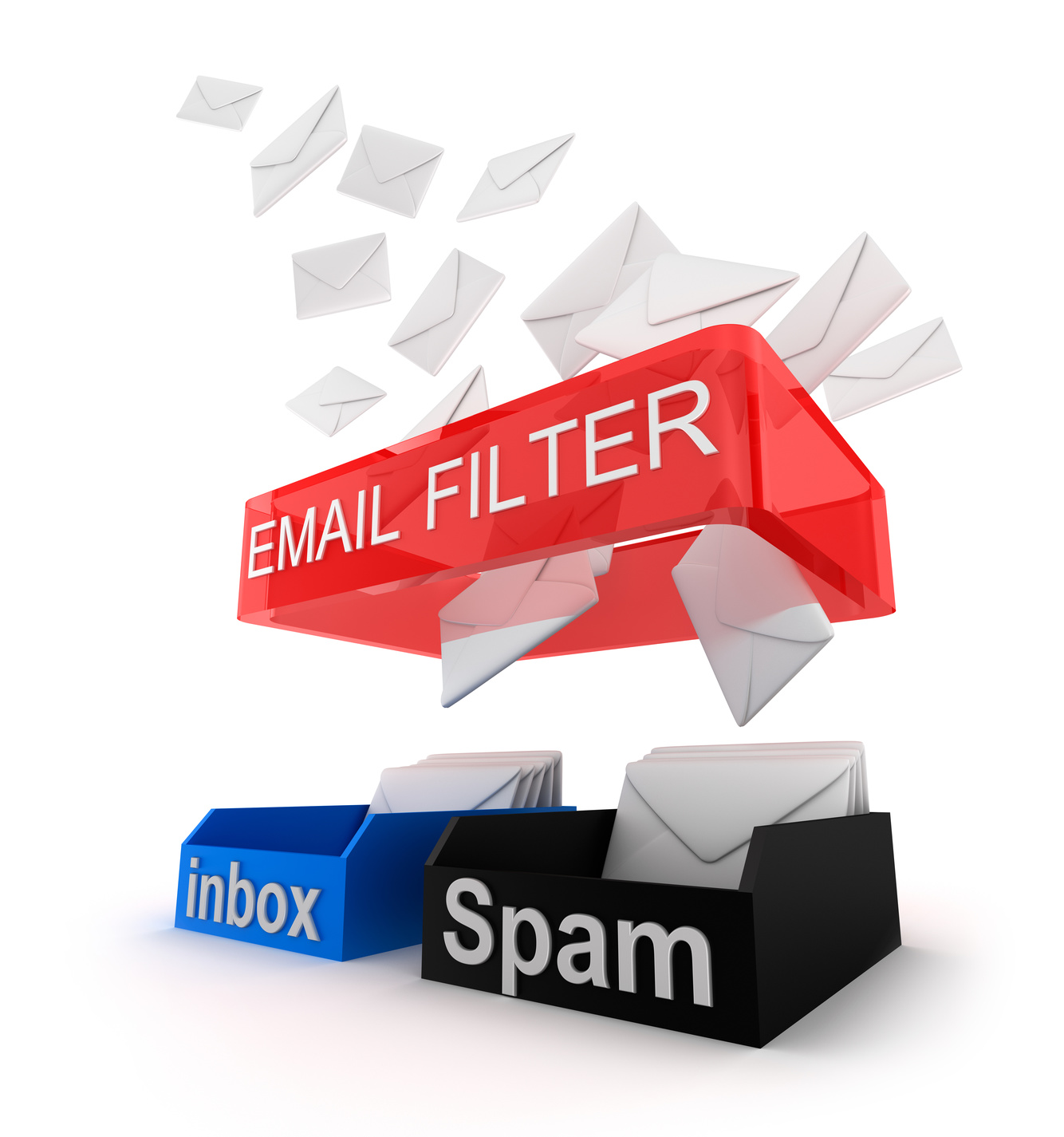
Top 7 tips on Email Marketing
Top 7 tips on Email Marketing
Email marketing has been described as outdated, ineffective and time-consuming. My opinion? They are just doing it wrong. Email marketing is a vital tool that so many companies do not utilise effectively. Despite the advancement in social media marketing- you are still 6x more likely to get a click-through from an email campaign than you are from a tweet. It is relatively cheap and more direct than other forms of communication. Also, the main benefit of email is that you can include “cold emails” to contacts you have had little communication to in the past- allowing new business opportunities.
This is all dependent on the content and the business of course. To Lucidica, as we are an IT Support company in London, our email campaigns target existing clients, partners and supplies aiming to keep them up to date with new offers and information. Core to our business development is trust marketing – engaging with clients for the long-term relationship, not short-term transactions. Sending a monthly email newsletter is one way we reinforce our Lucidican family value and build upon our relationship with our existing clients.
So here are our tips on how to run a successful email newsletter marketing campaign.
1) Content is King
Be sure the content you are putting out adds value to your audience. If you have something that provides no valuable information to the customer and is simply just forced advertising, you will get an extremely low read through rate. When you are writing the content for your email campaign try and take yourself out of the situation and think about how you would feel reading it. Is it engaging? Does it provide information or a resource that isn’t already out there? If those answers aren’t yes then you need to rethink your content.
The content needs to be all about the audience. To change readers into customers you need to gain trust and that can only be built with impressive content. For us, we focus on providing technology news and nuggets that help London businesses. These aren’t sell sell sell posts, they are ones that help businesses keep up to date with the latest technology.
The most wonderful thing about email marketing is that you can measure exactly what works for your readers; you can see who clicks on links, what they like and what they don’t. You just need now to grab people’s attention and create initial interest in your stories.
2) Think about SPAM filters
Whether your email makes it through anti-SPAM can make the difference between success and failure. The latest anti-SPAM engines are frightfully complicated. There are two main things you should worry about
- Does it look like SPAM? If your email looks/feels like SPAM, there is a high chance that SPAM filters will think its spam. It’s unfortunately not as simple as just avoiding selling Viagra or talking about your uncle in Nigeria whose dies leaving you $12 million. Spam filters are quite sophisticated and quite stupid. Avoid where possible
- Words/phrases pertinent to spam
- Attachments
- Badly constructed emails
- Lots of images
- Capital letters in the subject or lots of £££
- No ‘text’ within the email
- Lots of links
- How good have you been? Mail companies such as Hotmail, Gmail etc. now all build up a reputation of how your domains reputation (e.g. Lucidica.com) has been in the past. If you have done any of these in the past, then it will lower the chances of your email being delivered. To protect yourself:
- Sent emails repeatedly to email addresses that don’t exist
- Had people click ‘junk’ within Hotmail etc.
- Sent emails repeatedly to email addresses where the account was full
- Basically ignored any bounce-back from an email provider
Luckily companies like StreamSend and MailChimp (our two top recommendations) offer rigorous anti-spam help. They will report back to you if someone clicks on junk, and automatically stop sending emails to people based on bounce-back emails
3) Use a large and trusted online email marketing system
Don’t try and send your email marketing using your email client (e.g. Microsoft Outlook). Use a professional email marketing system. Here are the reasons why:
- Greater chance of making it through spam filters – the larger email marketing systems refine their technology all the time, and are often “white listed” by email servers. If the email servers see emails coming from these trusted sites, then they have a better chance of approving it.
- Better reporting – you can see how many people read the newsletter, how many clicks per article and number of unsubscribes
- Easy subscription and un-subscription – by having the subscribe box (which automatically puts subscriber’s emails into your email system) on your website you can let people manage their own subscriptions. Not only is this better service, it is one less thing you need to manage. In the email newsletter, you must have an unsubscribe link (it is law in the UK now), to make it easy for people to remove themselves from your mailing list. Again, letting people manage this themselves reduces noise and work for yourself.
- Nugget: if your email marketing is to consumers (B2C), under the Data Protection Act you can now be fined £1,000 for every email you send someone who has requested you stop sending them emails. So, if you can automate the management of this, you should be covered
5) Keep it short and simple
Your newsletter should not be too long. The reader should be able to scroll down 1 maybe 1.5 screens to read it entirely. This is a great opportunity to add value to your audience. Your newsletter should not contain 1-3 long articles, dry words of 300-400 each.
Instead, put the lengthy articles on your website and link to them from the newsletter. Better still, after you’ve written the article step back from it, come back a little later and pick through or scan the article and craft a great 2-3 paragraphs to not only summarise the article but more importantly, entice the reader to click on the “read more” link so they read the entire article.
We recommend you have 5-9 article summaries in your newsletter. People scan emails and newsletters, so your first challenge is to have interesting topics to write about in full on your site, and secondly to write excellent article summary titles and copy – so readers are genuinely keen to read more.
Why keep the newsletter full of bite-sized article intros? For one, people are less likely to unsubscribe if they see the content is more “digestible” – that is, that you have given them permission to scan and only find relevant topics. Two, you can measure what were the most popular topics/articles, and therefore learn and adapt – or use this knowledge elsewhere in your marketing and communication.
6) Build your list
Pull together all the email addresses you have on file in one spreadsheet, so you can import into the email marketing system. We send emails to clients, prospects, suppliers, partners and competitors. Yes, even competitors.
If we meet them out networking – or they subscribe through our website – we don’t mind. With prospects, we recommend you just add people. It is “better to seek forgiveness than ask for permission”. Our rule is – if you have met someone in person (during networking), then we add them to the mailing list “Met Networking”. We can easily track how they got put on our list, and our list grows every week. If your newsletters provide genuine value and are relevant to your audience, then most people will be happy to receive it.
When building, your list be sure to have 4 columns in your spreadsheet if you can: First Name, Company, where you got their details from and Email. Your email should include their first name in the salutation, as it is more personal.
7) Timing is everything
Be sure to pick the right time to send your newsletter. Many studies show Tuesday morning is the best time, but test what works for you. Typically, Monday or Friday mid-mornings are good as people are looking for excuses to procrastinate, so use the Monday or Weekend Syndrome that inflicts Fridays to indulge in newsletters that come into their inbox.
For us, we have found the most effective time is 11 am on the last Friday of the month. It’s important you are consistent with when you send your newsletters, so your audience gets used to it.
8) Monitor and adapt
A few days after you’ve sent a newsletter be sure to check on your key stats, so you can learn what has worked and what hasn’t. If a newsletter was low on views or clicks compared to your average, explore why.
Here are some industry stats you should strive for, to know you are running successful email marketing campaigns:
- 25% read rate – at a minimum, a quarter of your audience should be opening the newsletter and reading. If not, either your content is not right for the audience and/or your audience is not targeted
- 5%-10% article click rate – this is a really telling stat. The closer to 10% the more traction your articles got with your audience. If you are getting less than 5% you definitely need to look at your article summaries, as they won’t be engaging or interesting enough to capture a readers’ attention and get them to click through to the full article
- 5%-1% unsubscribe rate – if you are getting more than 1 in 100 people unsubscribing with each newsletter then, again, your material and/or audience is wrong
And there we have it. Our complete guide to email marketing. For more information and a whole lot of statistics of email marketing and why it should be a core focus in every businesses digital marketing plan, check this infographic out.
Have any tips that have worked for your business but aren’t on the list? Send us a message– we would love to hear about it! We could even get an Email Marketing 2.0 blog going.
Lucidica provides IT support for small businesses in Greater London.







